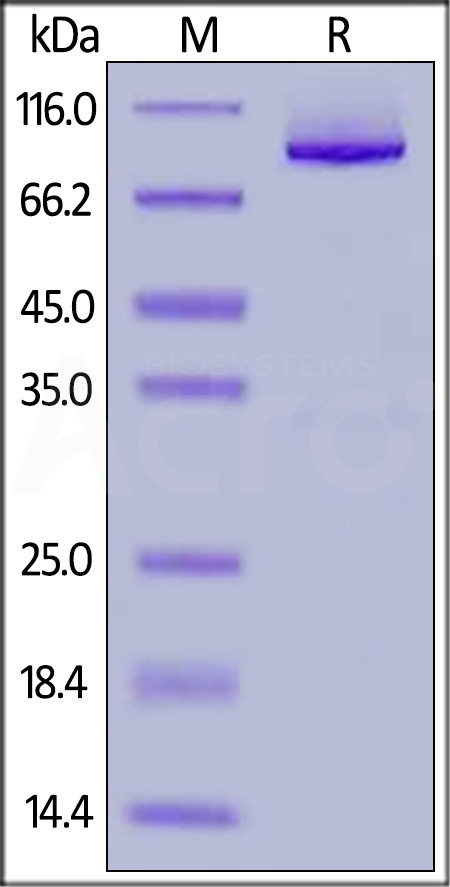Changes in the Proteomic Profile After Audiogenic Kindling in the Inferior Colliculus of the GASH/Sal Model of EpilepsyZeballos, García-Peral, Ledesma
et alInt J Mol Sci (2025) 26 (5)
Abstract: Epilepsy is a multifaceted neurological disorder characterized by recurrent seizures and associated with molecular and immune alterations in key brain regions. The GASH/Sal (Genetic Audiogenic Seizure Hamster, Salamanca), a genetic model for audiogenic epilepsy, provides a powerful tool to study seizure mechanisms and resistance in predisposed individuals. This study investigates the proteomic and immune responses triggered by audiogenic kindling in the inferior colliculus, comparing non-responder animals exhibiting reduced seizure severity following repeated stimulation versus GASH/Sal naïve hamsters. To assess auditory pathway functionality, Auditory Brainstem Responses (ABRs) were recorded, revealing reduced neuronal activity in the auditory nerve of non-responders, while central auditory processing remained unaffected. Cytokine profiling demonstrated increased levels of proinflammatory markers, including IL-1 alpha (Interleukin-1 alpha), IL-10 (Interleukin-10), and TGF-beta (Transforming Growth Factor beta), alongside decreased IGF-1 (Insulin-like Growth Factor 1) levels, highlighting systemic inflammation and its interplay with neuroprotection. Building on these findings, a proteomic analysis identified 159 differentially expressed proteins (DEPs). Additionally, bioinformatic approaches, including Gene Set Enrichment Analysis (GSEA) and Weighted Gene Co-expression Network Analysis (WGCNA), revealed disrupted pathways related to metabolic and inflammatory epileptic processes and a module potentially linked to a rise in the threshold of seizures, respectively. Differentially expressed genes, identified through bioinformatic and statistical analyses, were validated by RT-qPCR. This confirmed the upregulation of six genes (Gpc1-Glypican-1; Sdc3-Syndecan-3; Vgf-Nerve Growth Factor Inducible; Cpne5-Copine 5; Agap2-Arf-GAP with GTPase domain, ANK repeat, and PH domain-containing protein 2; and Dpp8-Dipeptidyl Peptidase 8) and the downregulation of two (Ralb-RAS-like proto-oncogene B-and S100b-S100 calcium-binding protein B), aligning with reduced seizure severity. This study may uncover key proteomic and immune mechanisms underlying seizure susceptibility, providing possible novel therapeutic targets for refractory epilepsy.
Trastuzumab Decreases the Expression of G1/S Regulators and Syndecan-4 Proteoglycan in Human RhabdomyosarcomaSzabo, Toth, Szabo
et alInt J Mol Sci (2025) 26 (5)
Abstract: Rhabdomyosarcoma (RMS), the most common soft tissue sarcoma in children, arises from skeletal muscle cells that fail to differentiate terminally. Two subgroups of RMS, fusion-positive and fusion-negative RMS (FPRMS and FNRMS, respectively), are characterized by the presence or absence of the PAX3/7-FOXO1 fusion gene. RMSs frequently exhibit increased expression of human epidermal growth factor receptor-2 (HER2). Trastuzumab is a humanized monoclonal antibody targeting HER2, and its potential role in RMS treatment remains to be elucidated. Syndecan-4 (SDC4) is a heparan sulfate proteoglycan (HSPG) affecting myogenesis via Rac1-mediated actin remodeling. Previously, we demonstrated that the SDC4 gene is amplified in 28% of human FNRMS samples, associated with high mRNA expression, suggesting a tumor driver role. In this study, after analyzing the copy numbers and mRNA expressions of other HSPGs in human RMS samples, we found that in addition to SDC4, syndecan-1, syndecan-2, and glypican-1 were also amplified and highly expressed in FNRMS. In RD (human FNRMS) cells, elevated SDC4 expression was accompanied by low levels of phospho-Ser179 of SDC4, leading to high Rac1-GTP activity. Notably, this high SDC4 expression in RD cells decreased following trastuzumab treatment. Trastuzumab decreased the levels of G1/S checkpoint regulators cyclin E and cyclin D1 and reduced the cell number; however, it also downregulated the cyclin-dependent kinase inhibitor p21. The level of MyoD, a transcription factor essential for RMS cell survival, also decreased following trastuzumab administration. Our findings contribute to the understanding of the role of SDC4 in FNRMS. Since HER2 is expressed in about half of RMSs, the trastuzumab-mediated changes observed here may have therapeutic implications.
Astrocyte glypican 5 regulates synapse maturation and stabilizationBosworth, Contreras, Sancho
et alCell Rep (2025) 44 (3), 115374
Abstract: The maturation and stabilization of appropriate synaptic connections is a vital step in neural circuit development; however, the molecular signals underlying these processes are not fully understood. We show that astrocytes, through production of glypican 5 (GPC5), are required for maturation and refinement of synapses in the mouse cortex during the critical period. In the absence of astrocyte GPC5, thalamocortical synapses show structural immaturity, including smaller presynaptic terminals, decreased postsynaptic density area, and presence of more postsynaptic partners at multisynaptic connections. This structural immaturity is accompanied by a delay in developmental incorporation of GLUA2-containing AMPARs at intracortical synapses. The functional impact of this is that mice lacking astrocyte GPC5 exhibit increased levels of ocular dominance plasticity in adulthood. This demonstrates that astrocyte GPC5 is necessary for maturation and stabilization of synaptic connections, which has implications for disorders with altered synaptic function where GPC5 levels are altered, including Alzheimer's disease and frontotemporal dementia.Copyright © 2025 The Author(s). Published by Elsevier Inc. All rights reserved.
Heparan sulfate regulates amphiregulin programming of tissue reparative lung mesenchymal cells during influenza A virus infection in miceLoffredo, Kustagi, Ringham
et alNat Commun (2025) 16 (1), 2129
Abstract: Amphiregulin (Areg), a growth factor produced by regulatory T (Treg) cells to facilitate tissue repair, contains a heparan sulfate (HS) binding domain. How HS, a highly sulfated glycan subtype that alters growth factor signaling, influences Areg repair functions is unclear. Here we report that inhibition of HS in various cell lines and primary lung mesenchymal cells (LMC) qualitatively alters Areg downstream signaling. Utilization of a panel of cell lines with targeted deletions in HS synthesis-related genes identifies the glypican family of HS proteoglycans as critical for Areg signaling. In the context of influenza A virus (IAV) infection in vivo, an Areg-responsive subset of reparative LMC upregulate glypican-4 and HS; conditional deletion of HS primarily within this LMC subset results in reduced repair characteristics following IAV infection. This study demonstrates that HS on a specific lung mesenchymal population is a mediator of Treg cell-derived Areg reparative signaling.© 2025. The Author(s).



 +添加评论
+添加评论























































 膜杰作
膜杰作 Star Staining
Star Staining















